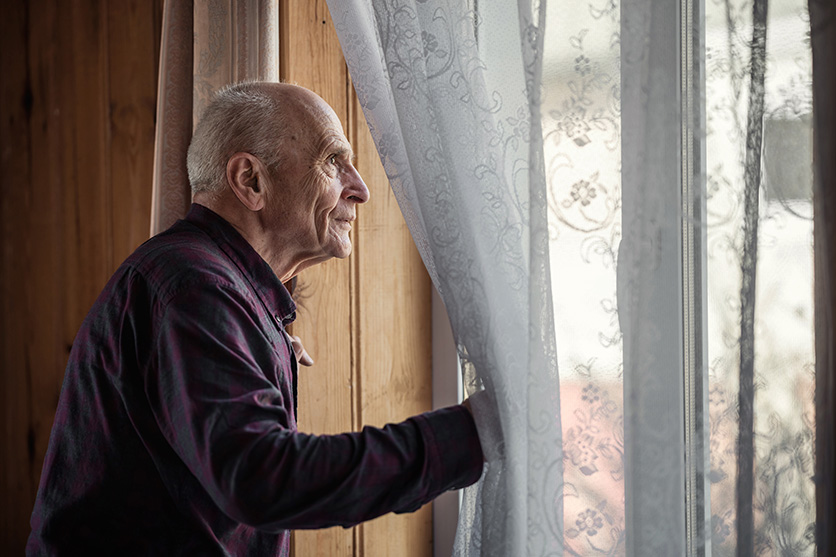The unseen epidemic: opioid overdoses among older adults

By Cassie Sun
August, 20 2024
Throughout much of the most recent opioid epidemic, news coverage has often focused on the devastating impact felt by younger generations. But, over the past two decades, older adults have experienced many of the same struggles, often without notice.
From 2021 to 2022 alone, emergency department visits for opioid misuse by older adults (those aged 55 and older) rose by 16%.
To combat the rising trends, researchers at Northwestern’s Buehler Center for Health Policy and Economics set out to identify intervention opportunities to prevent older adults from unintentional drug overdose. By analyzing data from the Illinois Statewide Unintentional Drug Overdose Reporting System (SUDORS), the team successfully identified subpopulations and settings to which interventions could be implemented. Their findings were published in the Harm Reduction Journal.
“The older adult is more isolated, and they’re at a stage in their life where many of them are retired and not going to work regularly,” said Maryann Mason, PhD, associate professor of emergency medicine. “They may be widowed or divorced or live alone, so it can be harder to catch those people’s substance use.”

With the growing population, it’s crucial now more than ever that we embrace harm reduction models and expand them to reach the older adults.”
Implementing effective touchpoints
Older adults are screened for substance use disorder at lower rates. Much of that trend stems from how often an individual interacts with the healthcare system, which varies greatly. Older adults being treated for chronic pain or those who visit the emergency room have more opportunities to be screened for drug use compared to those with fewer known health conditions. Additional barriers can stem from ageism, Mason said. Many people assume that older adults are not using illicit substances or misusing prescription drugs and do not ask.
The problem of treating substance use disorder is made doubly challenging by the fact that many older adults who struggle with the condition are long-term users having begun using substances in their youth. Knowing that, Mason and her team are working to develop a series of interventions that would work outside the hospital setting and support safe use rather than complete abstinence.
“Many of the older adults have been using substances for 30, 40, 50 years,” Mason said. “It’s unrealistic to think they will achieve and sustain abstinence. To meet people where they are, we’re going to need approaches that help people reduce the harms associated with substance use.”
One approach the team recommends is educating older communities about signs of substance misuse and offering screening at social gatherings, such as clubs, senior centers, senior assisted living centers, and faith-based organizations — alongside screenings for diabetes and high blood pressure. In 2004, researchers in Florida piloted a successful intervention employing these principles known as Project BRITE.
While the informal nature of such approaches can make these interventions challenging, the method has been validated in Chicago. Mason leads the Block by Block Initiative, which sends trained staff to communities with high burdens of drug overdose, going door-to-door offering harm reduction supplies with the intention of reaching those who would not typically come to a public harm reduction event or service delivery. The project has demonstrated the need for harm reduction training, — particularly in areas considered hotspots for high rates of opioid overdose deaths.
Block by Block takes a different approach from existing models such as harm reduction vans staffed with outreach workers and drug test strips, but these are often hampered by the stigma surrounding drug use. By going door-to-door, however, the Block by Block Initiative offers a more personable, direct option for older adults to access harm reduction services.
According to population projections based on the U.S. census, older adults are expected to outnumber younger generations by 2034. Without any resolution for the opioid crisis, the number of older adults struggling with substance use disorders will likely increase. Mason believes that the future of overdose prevention in older adults lies in further harm reduction training and education.
“We know education helps, and there is already a wide array of older adult focused services such as home health aides, Meals on Wheels and Senior Centers,” Mason said. “With the growing population, it’s crucial now more than ever that we embrace harm reduction models and expand them to reach the older adults.”